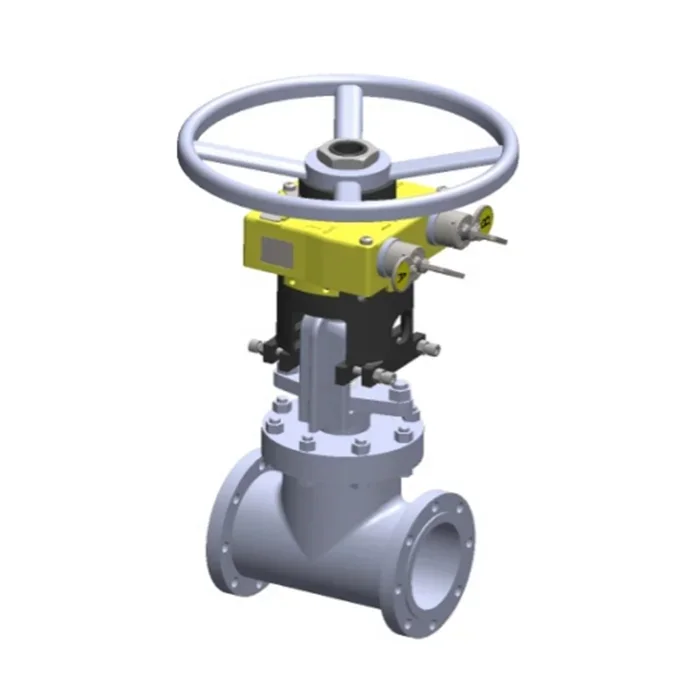From machinery to intelligence: the evolution of valve interlock

As an important industrial safety device, the development history of valve interlock carries the evolution of industrial safety management concepts and technological innovation. This article will deeply explore the development history of valve interlocking, from its origin and development to modern applications, showing its important role in the field of industrial safety.

The history of valve interlock can be traced back to the Industrial Revolution. With the rapid development of industrial production, the safety and reliability of industrial equipment have become the focus of attention. In the early days, the operation of industrial equipment often relied on manual operation and lacked effective safety measures. Therefore, industrial accidents occur frequently, posing serious threats to people's lives and property. In order to solve this problem, people began to explore and develop various safety devices, including the earliest valve interlock device.
With the continuous advancement of science and technology, valve interlocking devices have been gradually improved and perfected. At the beginning of the 20th century, with the development of mechanical engineering and control technology, valve interlocking devices began to adopt more sophisticated mechanical structures and control systems to ensure the correct operating sequence and safety of the valves. During this period, valve interlocking devices were mainly used in some key equipment and process pipelines, such as chemical, petroleum, natural gas, and other industries, to ensure the safe operation of equipment and the stability of the production process.
In the mid-20th century, with the rapid development of electronic technology, electronic control technology began to be applied to valve interlock. The introduction of electronic control technology makes the monitoring and management of valve interlocks more intelligent and convenient. The application of electronic components such as sensors, actuators, and controllers enables valve interlock to realize remote monitoring, data collection, and other functions, greatly improving the safety and production efficiency of industrial equipment.
Entering the 21st century, with the vigorous development of information technology, valve interlock has ushered in new development opportunities. The application of emerging technologies such as the Internet, big data, and artificial intelligence provides new possibilities for the intelligence and digitalization of valve interlock. Modern valve interlocks can not only realize real-time monitoring and data collection of equipment status but also improve the operating efficiency and safety of equipment through technical means such as data analysis and predictive maintenance.
In addition to the continuous innovation of technology, the standardization and standardization of valve interlock is also an important part of its development process. Countries and industries have continuously improved and updated the safety standards and specifications of valve interlocks to adapt to the needs and development of different industries. The formulation of these standards and specifications provides a unified basis for the design, installation, and maintenance of valve interlocks, ensuring the safe operation of industrial equipment and the safety of personnel's lives and property.
In general, valve interlock has experienced a development process from mechanization to electronics, intelligence, and digitization. Its role in the field of industrial safety has become increasingly prominent and has become an important guarantee for ensuring the safe operation of industrial equipment. With the continuous advancement of science and technology and the improvement of industrial safety awareness, it is believed that valve interlock will usher in a broader development space in the future, bringing more innovations and opportunities to industrial safety management and production operations.
https://www.nudango.com/From-machinery-to-intelligence-the-evolution-of-valve-interlock.html
- Art
- Causes
- Crafts
- Dance
- Drinks
- Film
- Fitness
- Food
- Spiele
- Gardening
- Health
- Startseite
- Literature
- Music
- Networking
- Andere
- Party
- Religion
- Shopping
- Sports
- Theater
- Wellness


